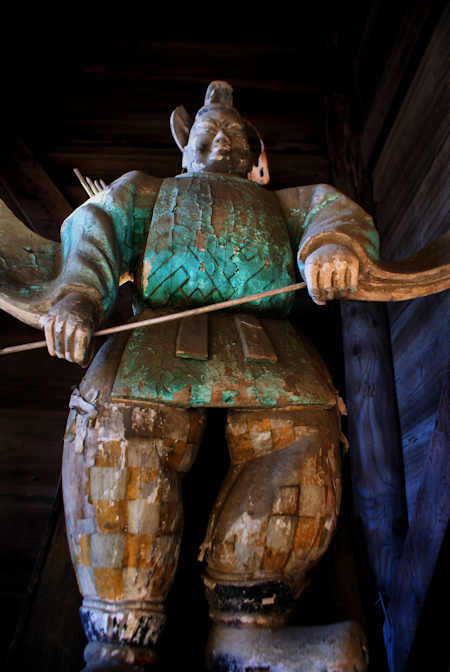Itohara Memorial Museum
The Itohara were a family of high-ranking samurai in the service of the Matsue Domain during the Edo Period. Their base was in the mountains of Okuizumo where they were one of several samurai families that controlled the production, and export, of iron.
The museum at their property near Yokota display many of their artworks, everyday objects, and especially tea ceremony paraphernalia, armor, swords etc as befitting a high-ranking samurai family, but is mostly concerned with the historical production of iron.
Japan had very little iron-ore, but some areas, like here in Okuizumo, were rich in iron-sand, and a special type of forge technology was used to process the sand into iron and steel called a tatara forge.
Part of the output of a tatara forge is a kind of iron called tamahagane in Japanese. This is a vital ingredient in a true Japanese sword and cannot be produced by modern methods, so one single tatra forge is still in operation here in Okuizumo that produces all the tamahagane for swordsmiths.
There is a lot of material on display about historical tatara and such, and quite a lot of samurai possessions and artworks, kimonos etc, however very little info is in English.
The Itohara estate is a few miles from Izumo-Yokota Station on the JR Kisuki Line. Other related posts about Okuizumo can be found by clicking this link.


































































